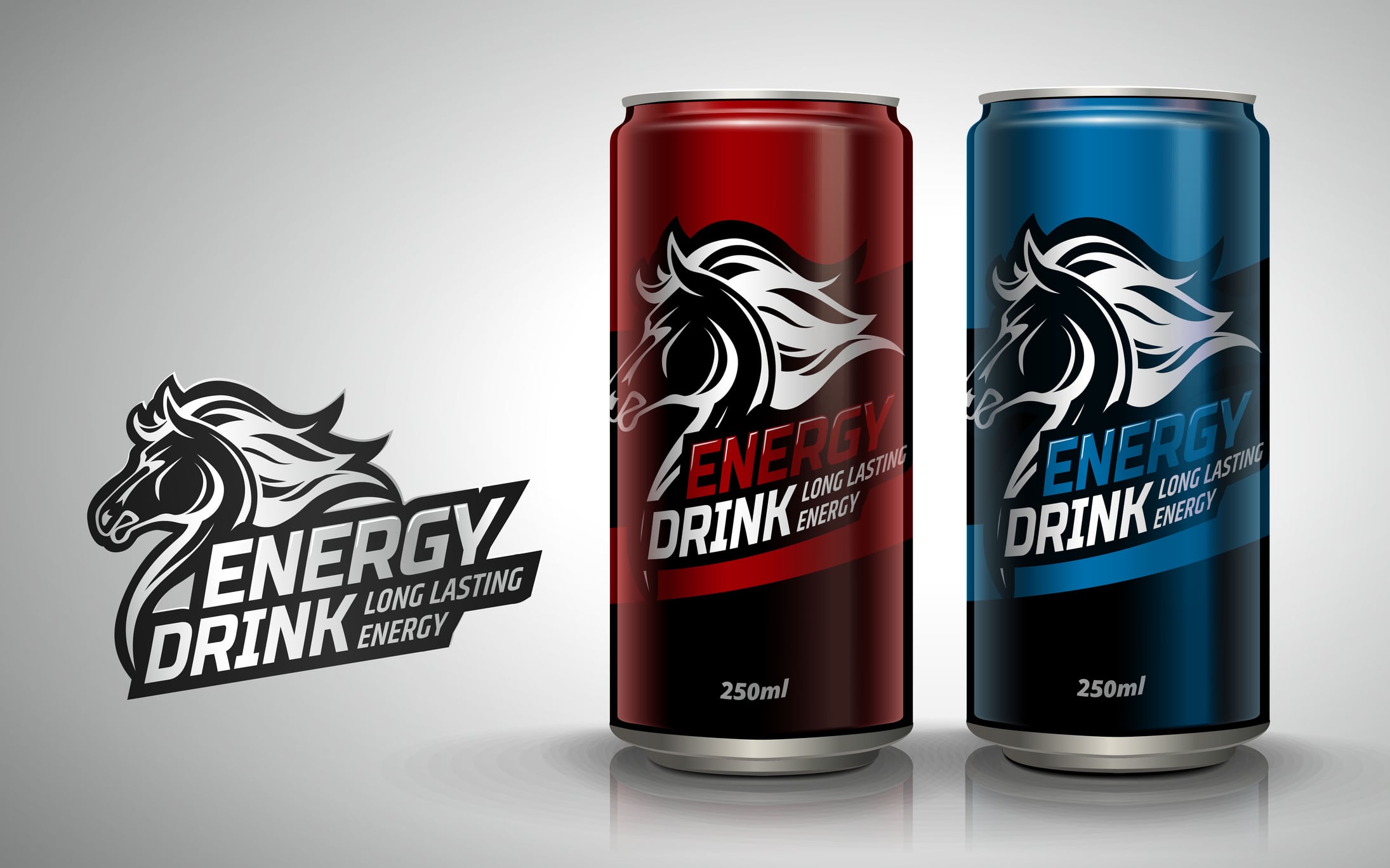Researchers in Taiwan and Japan wanted to demonstrate that colour substantially influences consumer’s perceptions of an energy drink properties, and that perception was based on cultural backgrounds, even within East Asian countries.
In the study, they also found that specific colours were more closely associated to certain properties, for instance, black for stimulants like caffeine, green for dietary fiber, and yellow for nourishment.
“It would be worth for energy drink manufacturers to consider those associations in designing labels for products,” they wrote.
The study was published in the journal Foods.
Methodology
For this study, university students (277 Taiwanese students, 149 Japanese students) were administered an anonymous and voluntary paper questionnaire.
The questions included what colour comes to mind for an energy drink label, nourishment (e.g. taurine), stimulant (e.g. caffeine), as well as supplements such as vitamin, dietary fibre, iron and also cosmetic (e.g. collagen).
Participants were asked to select one color they visualised in their mind from 13 options (red, orange, yellow, green, blue, indigo, purple, white, black, gold, silver, pink, and others).
Colour association
The study found that the top colour that came to mind for an energy drink label was significantly different between Taiwan and Japan.
Taiwanese participants selected red, while Japanese participants chose blue.
Researchers said different colours have different effects on the psychology and behaviours of humans, for example, red increases attention and aggressiveness while blue increases subjective alertness.
It was interesting to note that popular energy drinks in Taiwan such as Vidal, Comebest, Ma Lihan, and Big husband predominantly employed red colour in their labels.
Major energy drink products in Japan like Lipovitan D and Tiovita use blue as the dominant colour in the label.
For nourishment, both Taiwan and Japan participants selected yellow, while stimulants were associated to black.
Vitamin supplements were associated to yellow in both countries, dietary fiber supplement was green for both, while iron supplement was associated to several colour including red, purple, black and silver.
“One possible interpretation for this is that dietary fiber is contained in edible plant foods including vegetables, fruit, and grains. Green is recognised as the dominant colour for plant leaves and stems.”
For iron supplements, respondents may associate it to iron deficiency anaemia which is a decrease in red blood cells, hence associating it to red. Some respondents also selected silver, “possibly because it is a common colour for ironware.”
Cosmetics were associated to white in Taiwan, and pink in Japan.
Based on these findings, different colours would be needed to communicate the functions of energy drinks to consumers in Taiwan and Japan.
One limitation of this study was its limited age group consisting of late adolescents, hence the results may not be representative of the wider population, however this age group was selected for its high consumption among younger people who consume for increased physical and mental performance.
Another limitation was that consumers may find it difficult to distinguish between energy drinks and other beverages such as sports drinks or functional drinks.
“The survey on the ability of consumers to discriminate the category of beverages would be considered in the future research,” researchers wrote.
Source: Foods
https://doi.org/10.3390/foods9111670
“Country and Gender Differences in the Color Association with Energy Drinks: A Survey in Taiwanese and Japanese Students”
Authors: Shigeharu Tanei, et al.



